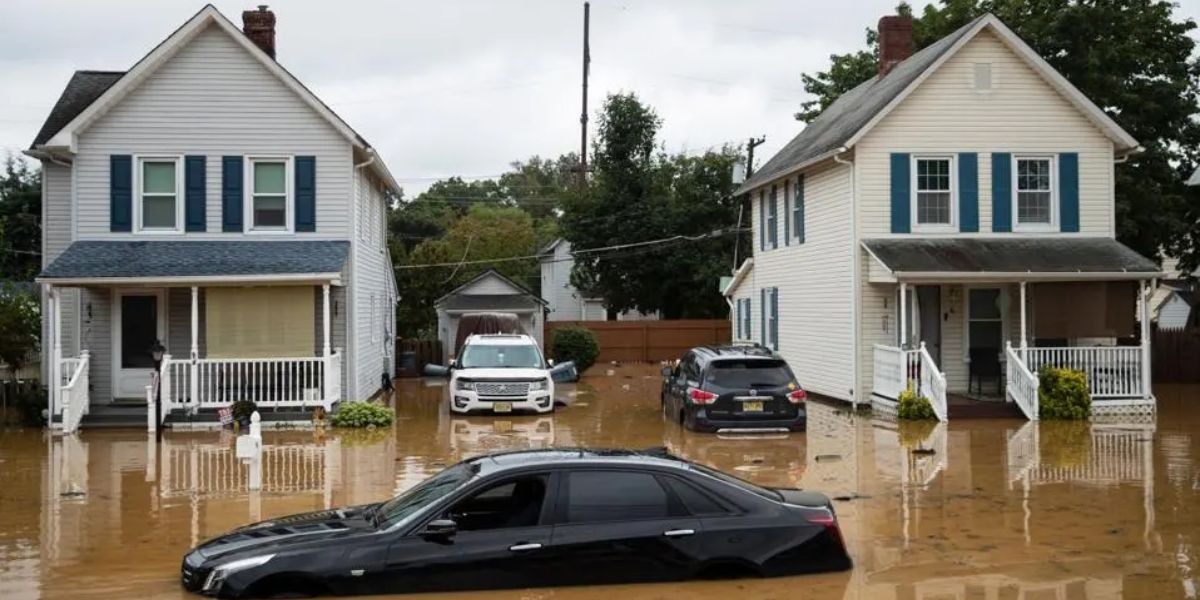Numerous facets of society are feeling the effects of climate change as they become more evident. The homeowner’s insurance sector is going to suffer a lot. The increasing occurrence and intensity of weather-related incidents is increasing homeowner insurance premiums, posing new problems and issues for policyholders as well as the insurance sector.
Shifting Dynamics of the Climate
Extreme weather events such as hurricanes, floods, wildfires, and severe storms are becoming more often due to climate change. An increase in the frequency and intensity of weather patterns is a result of rising global temperatures, which increases the risk of property damage.
Consequently, home insurance companies are seeing a surge in claims, which is leading to higher expenses for the insurers and their clients.
The Growing Prices
Using a risk-based methodology, insurance firms determine the likelihood of claims and adjust premiums appropriately. Homeowners now pay higher premiums as a result of insurers reevaluating their risk assessments in response to the spike in weather-related claims.

The total rise in insurance premiums is also attributed to the rising costs of rebuilding and repairing damaged properties.
Hurricanes and Wildfires
The effects of the changing climate are most felt in areas vulnerable to hurricanes and wildfires. For example, California has seen an increase in devastating wildfires, which has caused insurers to suffer significant losses.
Comparably, insurance rates are rising in coastal areas that are hit by stronger and more frequent storms due to the increased danger of property destruction.
Risk of Flooding and Insurance
Properties that were previously thought to be safe are at greater risk of flooding due to rising sea levels and increased precipitation.
Nowadays, a large number of homes live in high-risk flood zones, necessitating the purchase of specialized flood insurance. Homeowners’ budgets are further strained by the additional expense of flood coverage, which is in high demand.
The Response from the Insurance Industry
Insurance companies are modifying their strategy in response to the changing risks associated with climate change. To more precisely estimate possible harm, some are using more advanced risk modeling methods; others are looking into joint ventures with governmental organizations to distribute the cost of high-risk policies. However, homeowners’ rates are frequently raised as a consequence of these modifications.
The Concepts of Adaptation and Mitigation
Homeowners are advised to take preventative action to lessen possible damages as climate change continues to alter the risk landscape.
This can entail making investments in climate-resilient home upgrades like raised foundations in flood-prone areas, fire-resistant roofing, and other upgrades. In addition to improving safety, these actions may lower insurance costs.
Final Words: Proactive Steps
Since weather-related incidents are becoming more frequent and severe, there is no denying that climate change is affecting homeowners insurance rates. To discover sustainable solutions, insurers, governments, and homeowners must collaborate as the globe struggles with the pressing need to combat climate change.
Proactive steps can help reduce the financial burden on homeowners while promoting a more sustainable and resilient future in the face of our changing climate. These actions range from putting robust building practices into place to reevaluating risk models.




